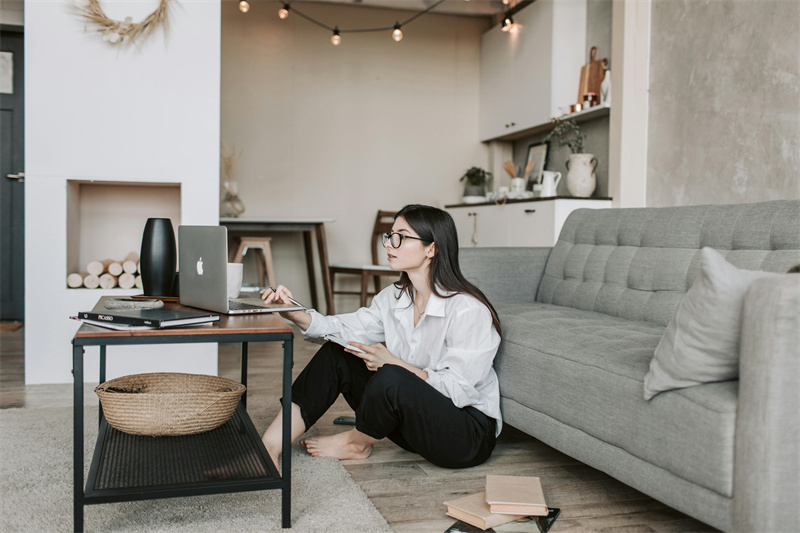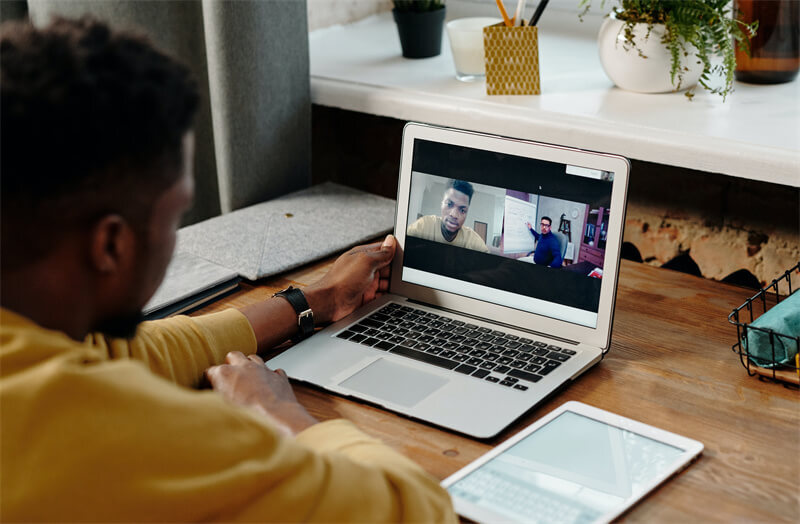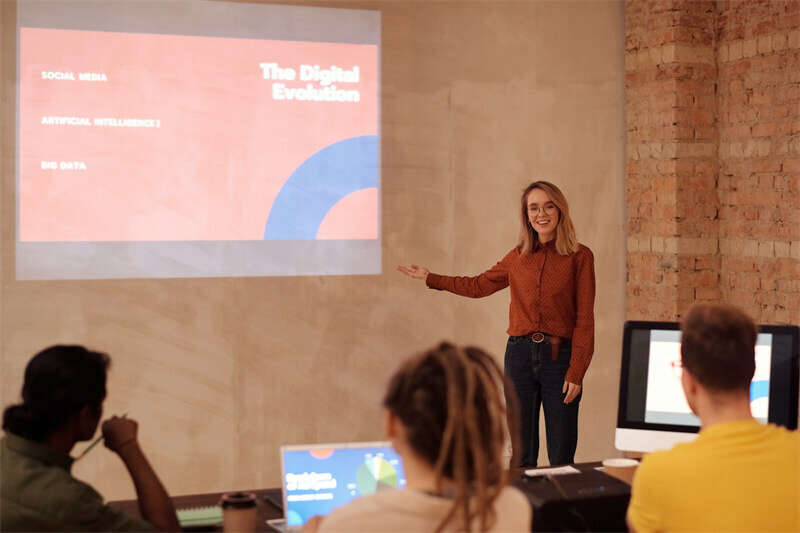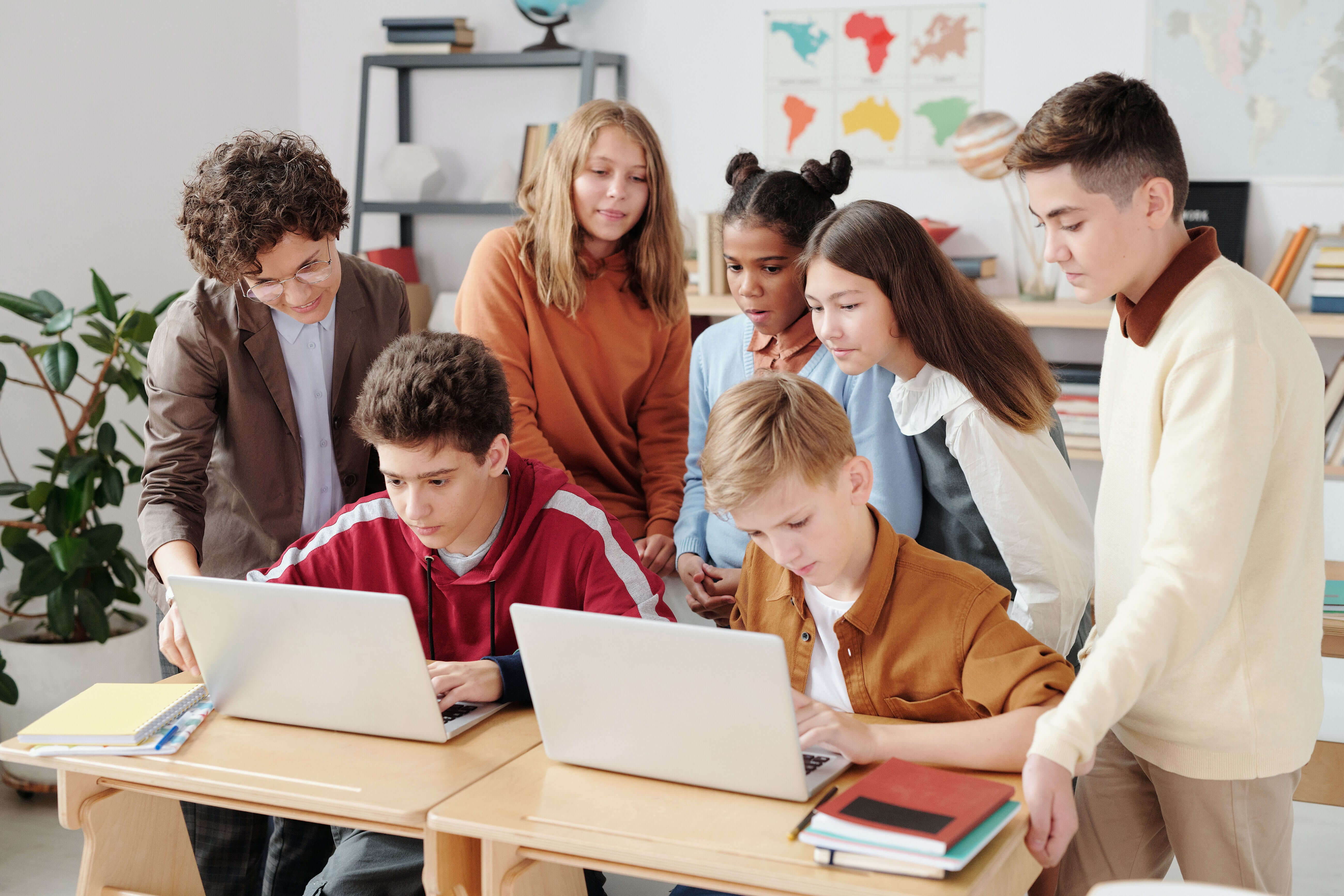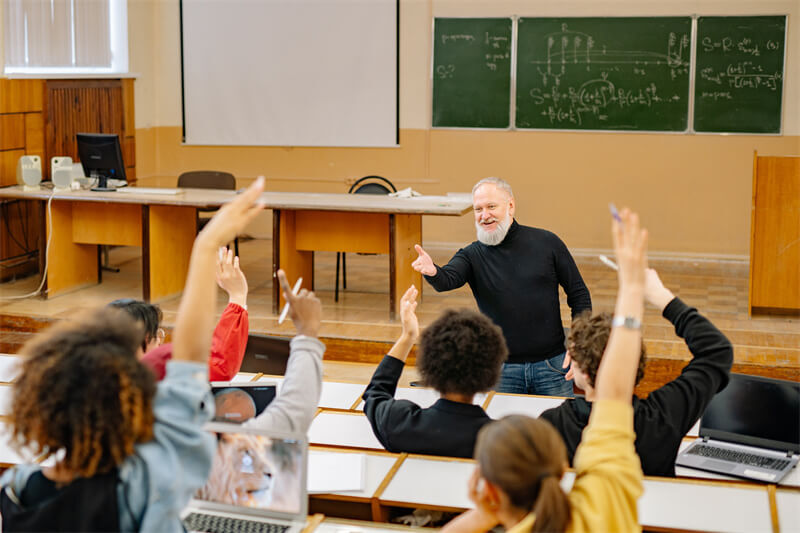The Best Way to Recording Lectures [Step by Step]
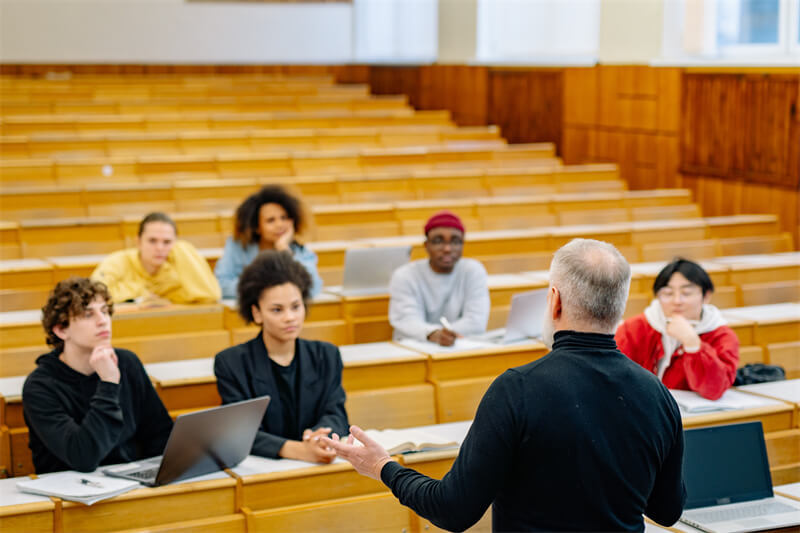
Recording lectures has become increasingly prevalent among teachers in recent years, transforming the educational landscape. This practice involves capturing classroom sessions, presentations, or tutorials in audio or video formats. With the advent of online and blended learning, teachers now recognize the value of classroom recording as a valuable resource for students' enhanced learning experiences. In today's technologically driven world, teachers use various tools and platforms to create engaging content accessible anytime and anywhere, irrespective of location and time. These recordings cater to diverse learning needs, including revision, accommodating absent students, and providing flexibility in the learning process. As educators embrace digital pedagogy, the trend of recording lectures continues to grow, empowering teachers to deliver impactful and accessible educational content to their students.
So, in this article, we shall discuss the best way to record lectures for students and eventually find out its benefits for teachers and students.
Part 1: Is Recording Class Lectures Illegal?
As a teacher, the legality of lecture recordings can vary because of various factors, such as jurisdiction and institutional policies.
- In many cases, teachers have the right to record their lectures for educational purposes, especially if it's intended for their use or to improve their teaching methods.
- However, things can become more complicated when it comes to student recordings. Read thoroughly to know privacy laws and obtain explicit student consent before recording their participation or discussions. Some students may have privacy concerns, and respecting their rights is paramount.
- Teachers should also be mindful of copyrighted material used in their lectures. If they include copyrighted content, adhering to fair use guidelines or obtaining appropriate permissions is essential.
Thus, recording lectures as a teacher can be legal for personal and educational purposes, but you must navigate potential legal issues and respect students' privacy and copyright regulations. Keep yourself informed and seek guidance from school administrators or legal professionals to ensure compliance and responsible recording practices.
Part 2: What are the Benefits of Recording Lectures?
Recording lectures offers numerous benefits for both teachers and students. Here are six advantages of this practice:
1. Flexible Learning
As a teacher, recorded lectures can help you accommodate your students' diverse schedules and learning styles. Some students may have part-time jobs or other commitments, so they cannot attend live lectures. Thus, pre-recorded sessions ensure they can access the course material when it suits them best. This flexibility fosters a positive learning experience and empowers students to take control of their education.
2. Accessibility
Zoom lecture recording and other platforms make your content more accessible to students with disabilities or different special needs. Visual or hearing impairments may hinder some students from fully participating in traditional lectures. Recorded videos with captions or transcripts help all students engage with the course material effectively.
3. Missed Classes
Students may occasionally miss classes due to illness, personal emergencies, or other unavoidable circumstances. As a teacher, lecture recording enables absent students to catch up on the missed content at their own pace. It reduces their anxiety about falling behind and keeps them on track with their studies.
4. Flipped Classroom
A flipped classroom approach allows you, as a teacher, to optimize valuable in-class time. You can pre-record your sessions and assign the students pre-class material so they come to class with a basic understanding of the topics. This way, you can lead the learners to more meaningful discussions, collaborative activities, and hands-on learning experiences that enhance engagement and knowledge retention.
5. Exam Preparation
As a teacher, you know how important effective exam preparation is. Recorded lectures for students are valuable study aids that help learners revisit specific topics and review key concepts before exams. It is a vital boon for learners as they can access course content outside regular class hours and clear their doubts.
6. Professional Development
If you record lectures and revisit them, I am sure you can review your teaching style and methods and improve on your delivery, identify areas for improvement, and refine your academic approach. It also offers an opportunity to share your expertise and teaching techniques with colleagues and helps foster a healthy culture within the educational community.
So, teachers, recording lectures not only benefits students but also offers various advantages for you as a teacher towards an inclusive and supportive learning environment.
Part 3: Step-by-Step Guide to Record Class Lectures
So, now that we know how important recording is, here's a step-by-step guide for teachers on how to record lectures for students using various tools and equipment.
Step 1: Choose the Right Equipment
For classroom lectures, the OBSBOT Tiny 2 4K Webcam is an excellent option. The whiteboard mode is designed for teachers who frequently use whiteboards during their lectures to illustrate concepts. It ensures that any writing or visual aids on the whiteboard are visible and legible in the recorded video.
Advanced AI-powered tracking capabilities can automatically detect and track your movements so you remain in focus throughout the recording. Dual omnidirectional microphones capture high-quality audio from all directions, and the built-in noise cancellation feature eliminates background noise, so the teacher's voice is clear and easily understandable in the recording.
Step 2: Choose the Right Location
Select a well-lit and quiet location within the classroom for recording. Make sure there are no distractions to maintain the focus on the lecture content.
Step 3: Set Up the Equipment and Configure Settings
Mount the OBSBOT Tiny 2 on the tripod and position it at an appropriate distance and angle to capture the whiteboard, yourself, and any visual aids effectively.
Familiarize yourself with the camera's settings, such as resolution, tracking preferences, and audio controls. Ensure everything is adjusted to suit your teaching style and tastes.
Step 4: Prepare Your Content
Organize your lecture content and materials in advance. Have your notes, presentation slides, and any other visuals ready for reference during the recording.
Step 5: Start Recording and Engage Effectively
Begin the recording using either the voice control feature or the camera's manual controls. Ensure you are visible and your voice is audible throughout the lecture.
Speak crystal clear, engage your students, and maintain eye contact with the camera. Utilize the whiteboard mode for smooth transitioning between writing and speaking.
Step 6: Monitor, Review, and Share the Recording
Monitor the camera during the lecture to ensure everything is recording correctly. After the class, review the recording for any adjustments or edits, if needed.
Finally, once you are happy with the recorded lecture, please share it with your students through the chosen platform, like YouTube, Teachmint, etc., and make it accessible for review and further learning.
With this detailed step-by-step guide, along with the best voice recorder for lectures - OBSBOT Tiny 2, you can efficiently record classroom lectures with high-quality visuals, clear audio, and a focus on the learning experience for your students.
Conclusion
Thus, the article discussed the relevance and benefits of recording lectures for teachers. Teachers can cater to diverse learning needs as online and blended learning grows, and provide flexible education by recording their lectures. The practice allows students to access content conveniently, review missed classes, and prepare for exams effectively. Furthermore, classroom recording enhances accessibility for students with disabilities and enables teachers to implement the flipped classroom model. It also serves as a valuable tool for professional development by aiding teachers in refining their teaching methods.
